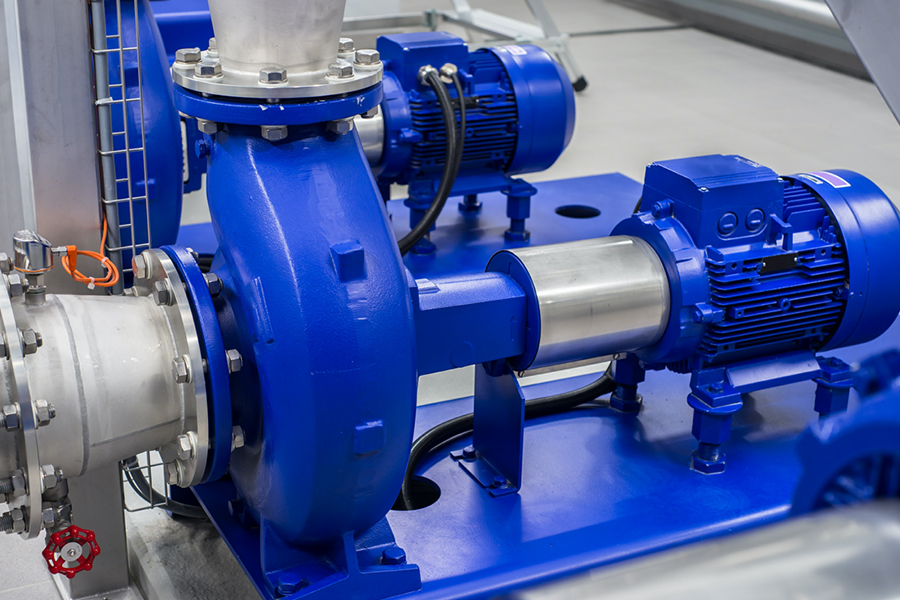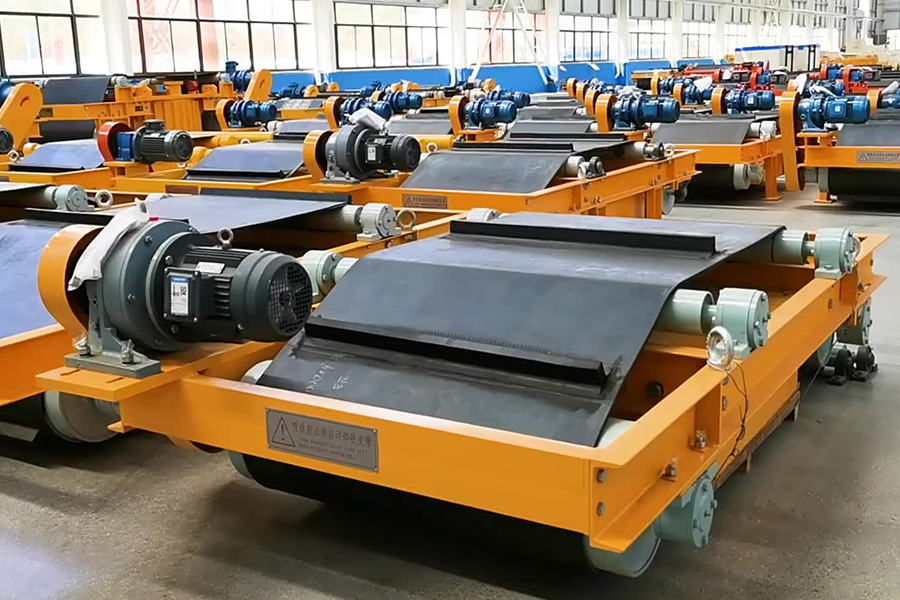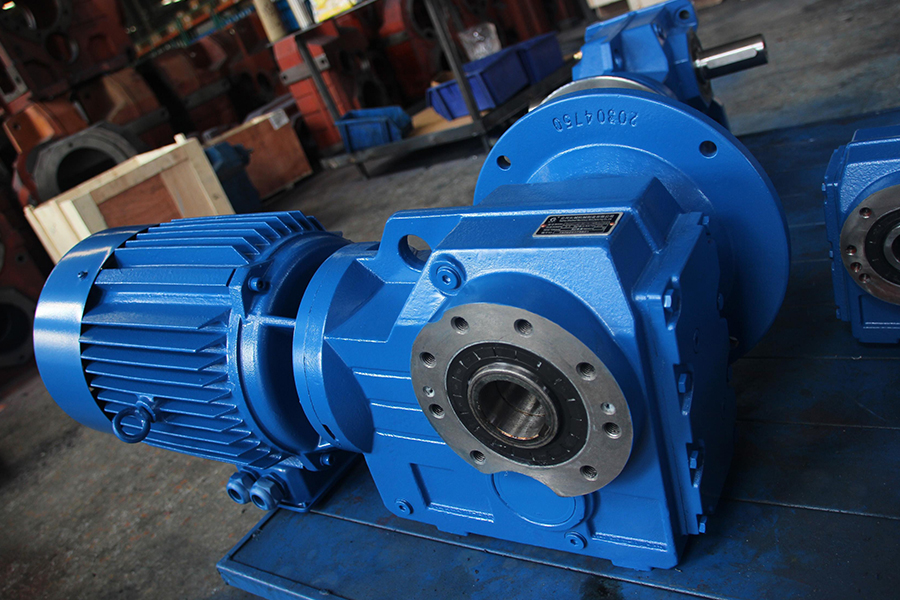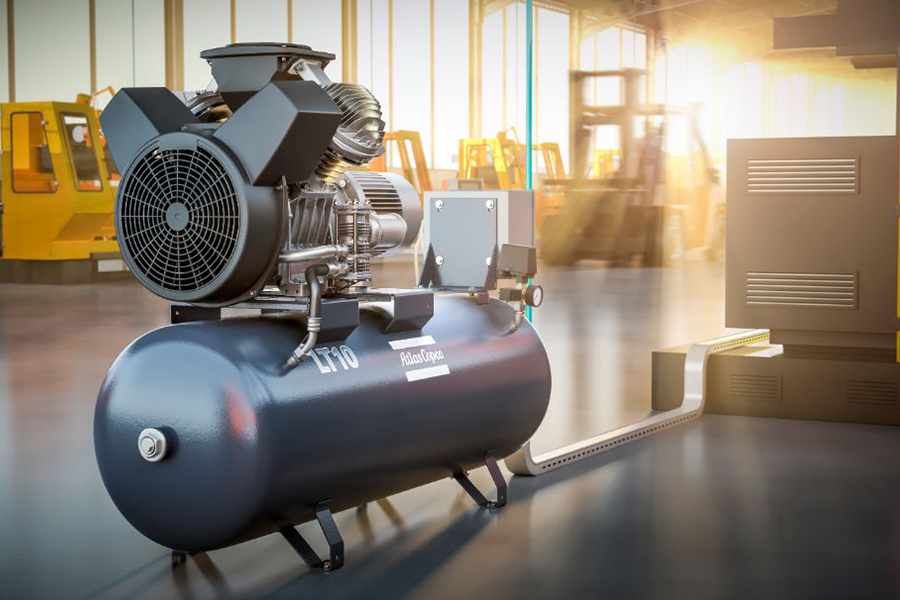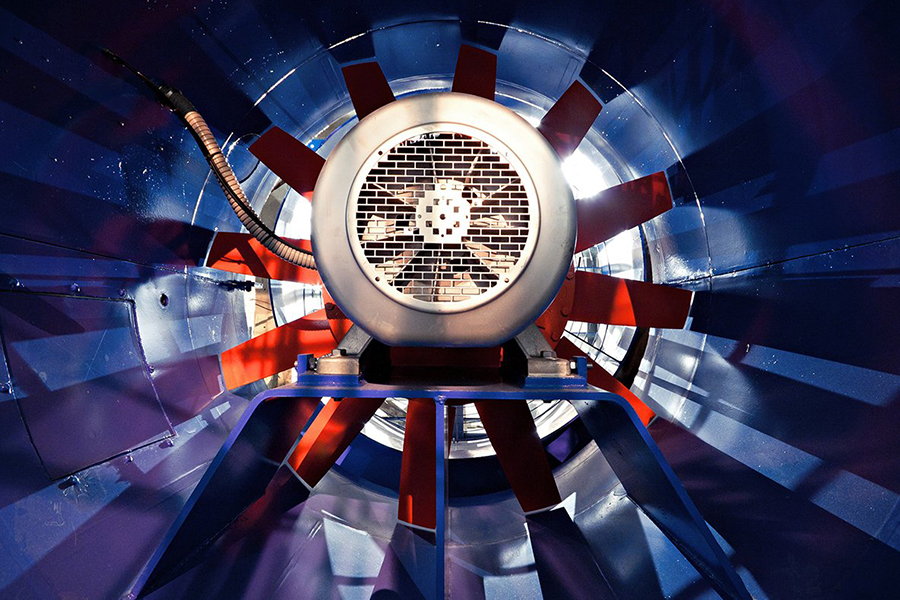In the realm of industrial machinery, two components stand out for their pivotal roles in enhancing both efficiency and safety: frequency drive motors and electric motor brakes. These essential elements have revolutionized the landscape of motor-driven systems across various sectors, from manufacturing plants to transportation networks.
Frequency drive motors, also known as variable frequency drives (VFDs) or adjustable-speed drives, offer unparalleled flexibility in motor control. Unlike traditional fixed-speed motors, frequency drive motors enable operators to precisely adjust the speed and torque of the motor according to specific requirements. By varying the frequency and voltage supplied to the motor, VFDs allow for smooth acceleration, deceleration, and precise speed control, resulting in significant energy savings and improved operational efficiency.
One of the key advantages of frequency drive motors is their ability to match motor speed with the varying load demands of a system. In applications where the workload fluctuates, such as conveyor belts in a manufacturing facility or pumps in a water treatment plant, VFDs ensure that the motor operates at the ideal speed, small energy consumption, and reduces wear and tear on equipment. This dynamic control not only improves efficiency but also extends the lifespan of the motor and associated machinery.
Moreover, frequency drive motors contribute to a safer working environment by mitigating the risk of mechanical failures and accidents. The ability to gradually ramp up or down the motor speed reduces stress on mechanical components, preventing sudden starts or ideas that could lead to equipment damage or personnel injury. Additionally, VFDs offer built-in protection features such as overload detection and overcurrent protection, further enhancing operational safety.
Complementing the efficiency gains of frequency drive motors are electric motor brakes, which play a crucial role in ensuring precise control and sidelining power. Electric brakes provide rapid and reliable braking action, allowing operators to halt motor-driven machinery quickly and accurately, even in emergency situations. Unlike traditional friction brakes that rely on external forces such as mechanical linkage or hydraulic pressure, electric motor brakes offer instantaneous response times and precise control over the braking force.
One of the primary advantages of electric motor brakes is their ability to provide consistent braking performance over time. Traditional friction brakes are susceptible to wear and degradation, pilot to diminished braking effectiveness and increased maintenance requirements. In contrast, electric brakes utilize electromagnetic principles to generate braking force, ensuring consistent performance and small wear on braking components. This reliability is especially critical in applications where precise sealing is essential, such as elevators, cranes, and escalators.
Furthermore, electric motor brakes offer the added benefit of regenerative braking, where kinetic energy from the moving load is converted back into electrical energy and fed back into the power supply. This regenerative braking not only improves energy efficiency but also reduces heat generation and extends the lifespan of braking components. In applications with frequent start-ideal cycles, such as automated production lines or material handling systems, regenerative braking can lead to significant energy savings and operational cost reductions.
In conclusion, frequency drive motors and electric motor brakes represent integral components of modern motor-driven systems, offering a potent combination of efficiency, precision, and safety. By harnessing the capabilities of VFDs and electric brakes, industries can optimize their operations, small energy consumption, and enhance workplace safety. As technology continues to advance, these essential components will undoubtedly play an increasingly vital role in shaping the future of industrial automation and transportation.

 English
English 中文简体
中文简体 عربى
عربى



